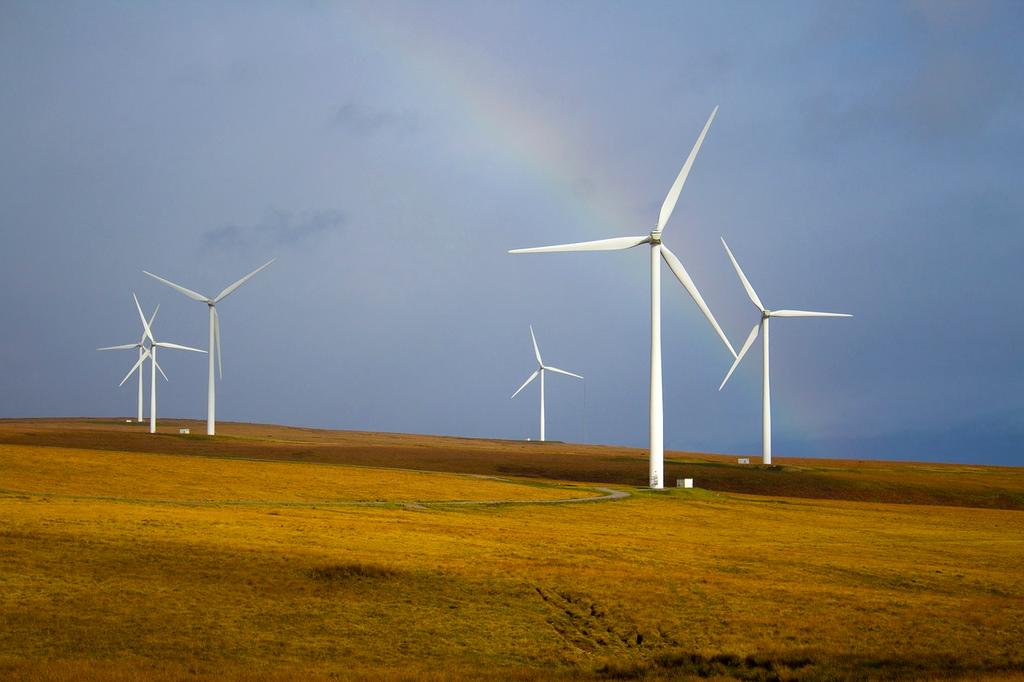
Discover how our resource choices today shape the world of tomorrow and learn what you can do to support sustainability.
Explore ResourcesThe distinction between renewable and non-renewable resources is crucial for understanding sustainability and making informed choices about our energy future.
Resources are the natural assets available on Earth that humans use for energy, manufacturing, and survival. How we classify, extract, and manage these resources impacts everything from economic development to environmental preservation.
As global consumption increases with population growth, understanding the difference between resources that can be replenished and those that cannot becomes increasingly important for making sustainable choices.
Natural resources that replenish themselves over time through natural processes
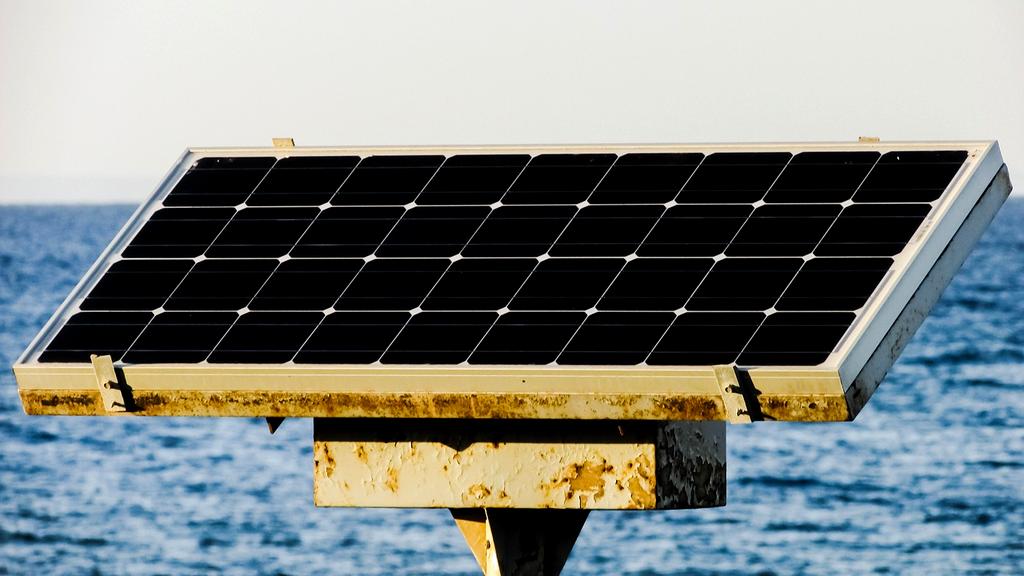
Energy derived from the sun's rays, captured through photovoltaic panels or solar thermal collectors. Solar power is abundant, clean, and available worldwide.
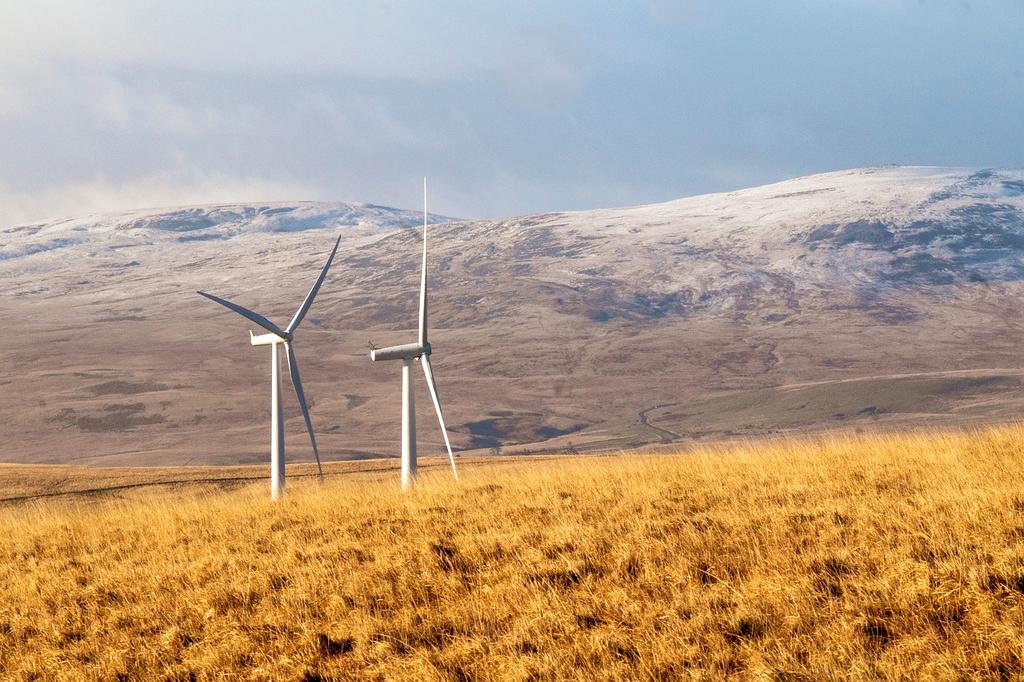
Energy harvested from natural air movement using turbines. Wind farms can be constructed on land or offshore and produce no direct emissions.
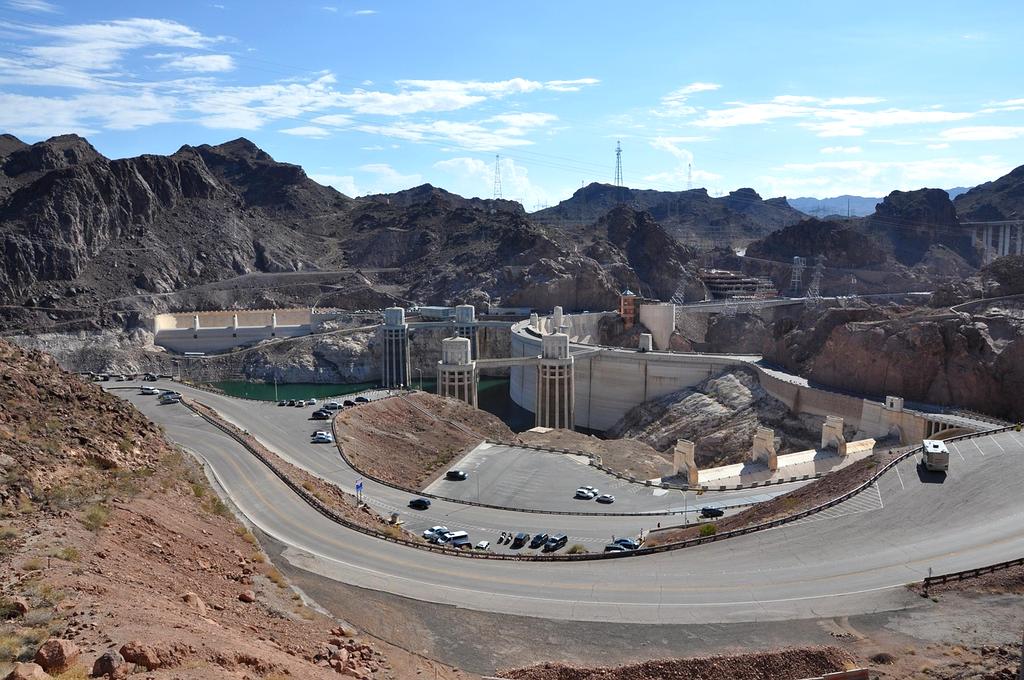
Energy generated by harnessing the power of flowing water. Dams create reservoirs that release water to spin turbines and generate electricity.
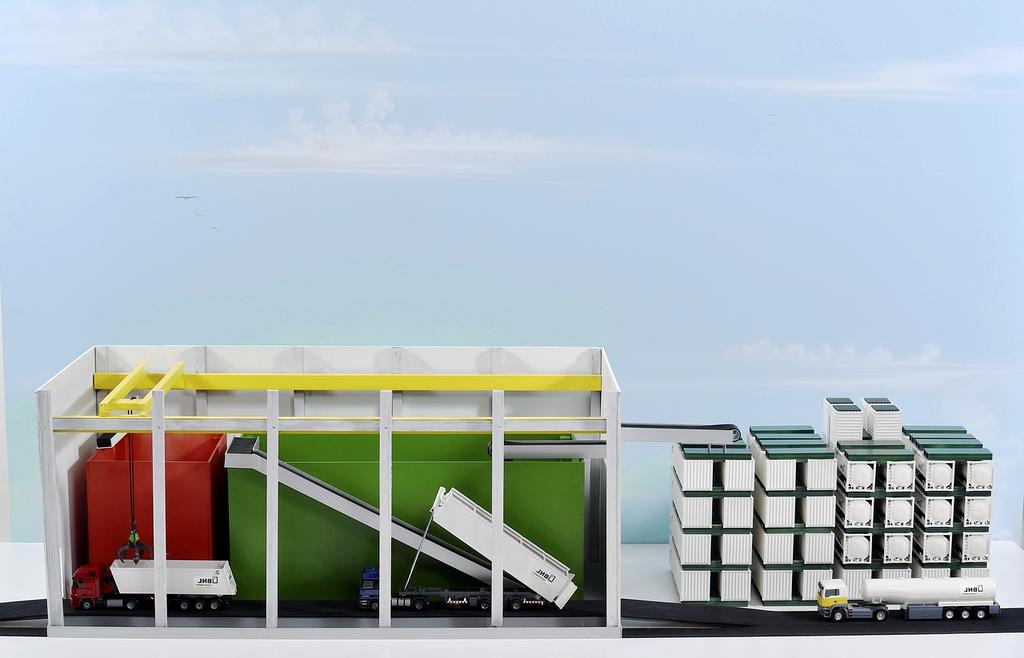
Organic material from plants and animals used as fuel. Includes wood, crops, and waste that can be burned directly or converted to biofuels.
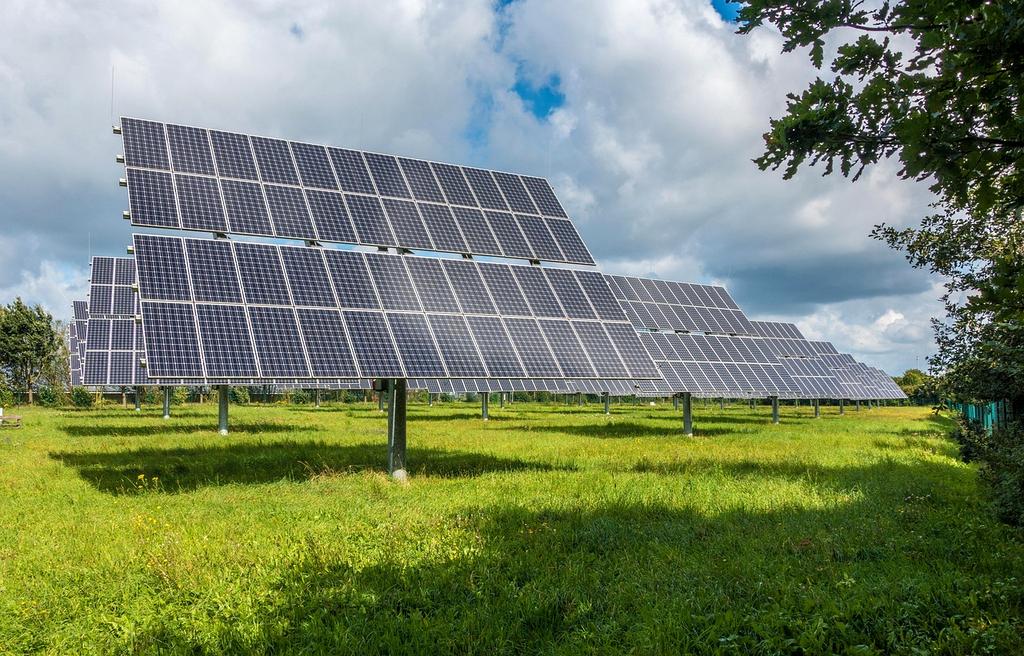
Heat energy generated and stored in the Earth. Geothermal power plants use steam from hot underground water to drive turbines and generate electricity.

Energy captured from ocean tides and waves. Tidal systems use the natural rise and fall of coastal tidal waters to generate electricity.
Natural resources that cannot be readily replenished on a human timescale

Liquid petroleum formed from ancient organic matter over millions of years. Crude oil is refined into gasoline, diesel, jet fuel, and other petroleum products. Once used, it cannot be replaced within a human lifetime.

A combustible mixture of hydrocarbon gases, primarily methane, formed from decomposed organic matter. Used for heating, cooking, electricity generation, and as a chemical feedstock. Supplies are finite and depleting.

Combustible black or brownish-black sedimentary rock formed from plant remains. Still widely used for electricity generation despite high carbon emissions. Coal reserves are limited and environmentally problematic.

Materials like uranium and plutonium that release energy through nuclear fission. While nuclear power produces minimal emissions, the fuel itself is finite and creates radioactive waste requiring careful management.
Understanding what sets these resource types apart
Naturally replenishes in a human timeframe
Takes millions of years to form
Lower emissions and pollution
Higher emissions and environmental damage
Higher initial cost, lower operating costs
Established infrastructure, rising costs
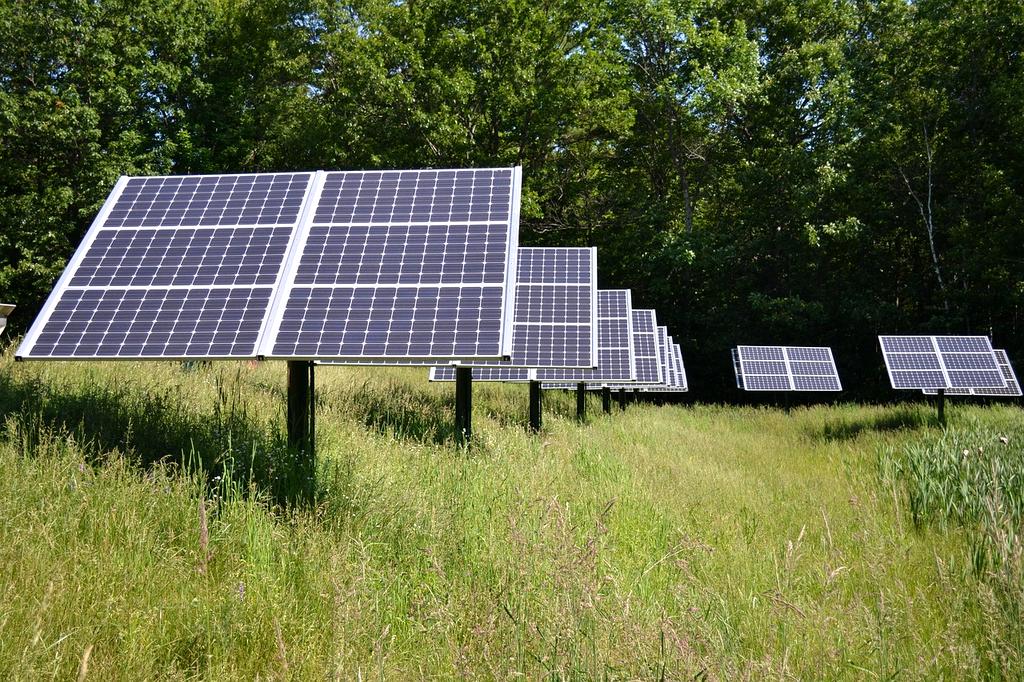
The world is gradually shifting from heavy dependence on non-renewable resources toward a more balanced approach that incorporates renewable energy sources.
This transition is driven by several factors:
While non-renewable resources still dominate global energy consumption, the growth rate of renewable energy adoption continues to accelerate year over year.
Trends and innovations shaping our approach to energy and resources
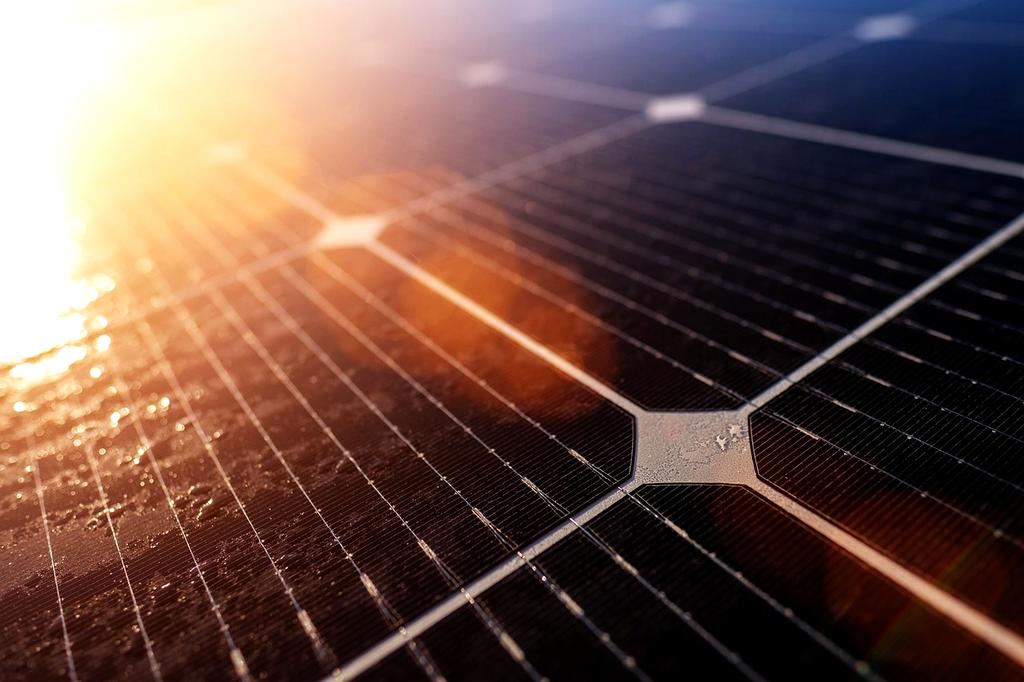
Next-generation batteries and storage solutions are addressing the intermittency challenges of renewable energy sources, making them more reliable for grid integration.
Scientists are making progress toward commercial fusion energy, which would provide nearly limitless clean energy by replicating the sun's power generation process.
Systems designed to minimize waste and maximize resource reuse are gaining traction, reducing the overall demand for raw material extraction.
Intelligent power distribution systems optimize energy flow, reduce waste, and better integrate renewable sources into existing infrastructure.
Major economies reach cost parity between renewable and fossil energy in most sectors
Electric vehicles become dominant in new car sales across developed nations
Coal phased out of electricity generation in most developed countries
Renewable energy becomes the dominant global energy source
Simple ways to reduce your resource consumption
Switch to LED lighting, use smart thermostats, and purchase energy-efficient appliances to reduce electricity consumption from non-renewable sources.
Install low-flow fixtures, fix leaks promptly, and collect rainwater for gardens to preserve this essential renewable resource.
Plan meals, store food properly, and compost scraps to minimize the resources wasted in food production and disposal.
Walk, cycle, use public transport, or consider electric vehicles to reduce dependence on fossil fuels for transportation.
Buy durable products, choose items with minimal packaging, and support companies with strong environmental commitments.
Consider home solar panels, community solar programs, or choose utility providers that offer renewable energy options.